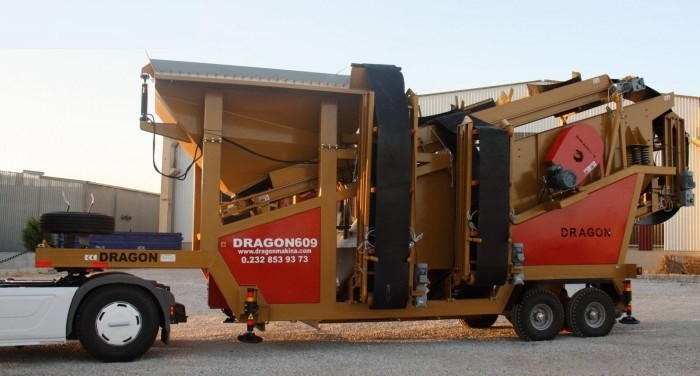An impact crusher is a machine that breaks down materials through high-speed rotational force applied by hammers (blow bars) mounted on a rotor. It is widely used in mining, construction, and recycling industries to reduce large rocks or waste into smaller, usable sizes.
Working Principle:
Material enters the crushing chamber via a feed hopper. The rotor spins at 500-1000 RPM, transferring kinetic energy to the blow bars. These hammers strike the material, propelling it against impact plates (curtains). Fragmentation occurs through repeated collisions and inter-particle friction. Output size is controlled by adjusting the gap between the rotor and impact plates or modifying the rotor speed.
Components:
Rotor: The central rotating shaft equipped with blow bars.
Blow Bars: Replaceable manganese steel or alloy hammers.
Impact Plates: Secondary crushing surfaces.
Adjustable Grates: Control final particle size.
Applications:
Crushing limestone, granite, and aggregates in quarries.
Recycling concrete, asphalt, and demolition waste.
Raw material preparation in cement plants.
Advantages:
High reduction ratio (1:10-1:20).
Cubical product shape (ideal for concrete mixtures).
Energy-efficient with lower fines generation.
Types:
Horizontal Shaft Impactors (HSI): Primary/secondary crushing.
Vertical Shaft Impactors (VSI): Producing finely shaped sand.
 English
English
 Le français
Le français
 Türkçe
Türkçe

